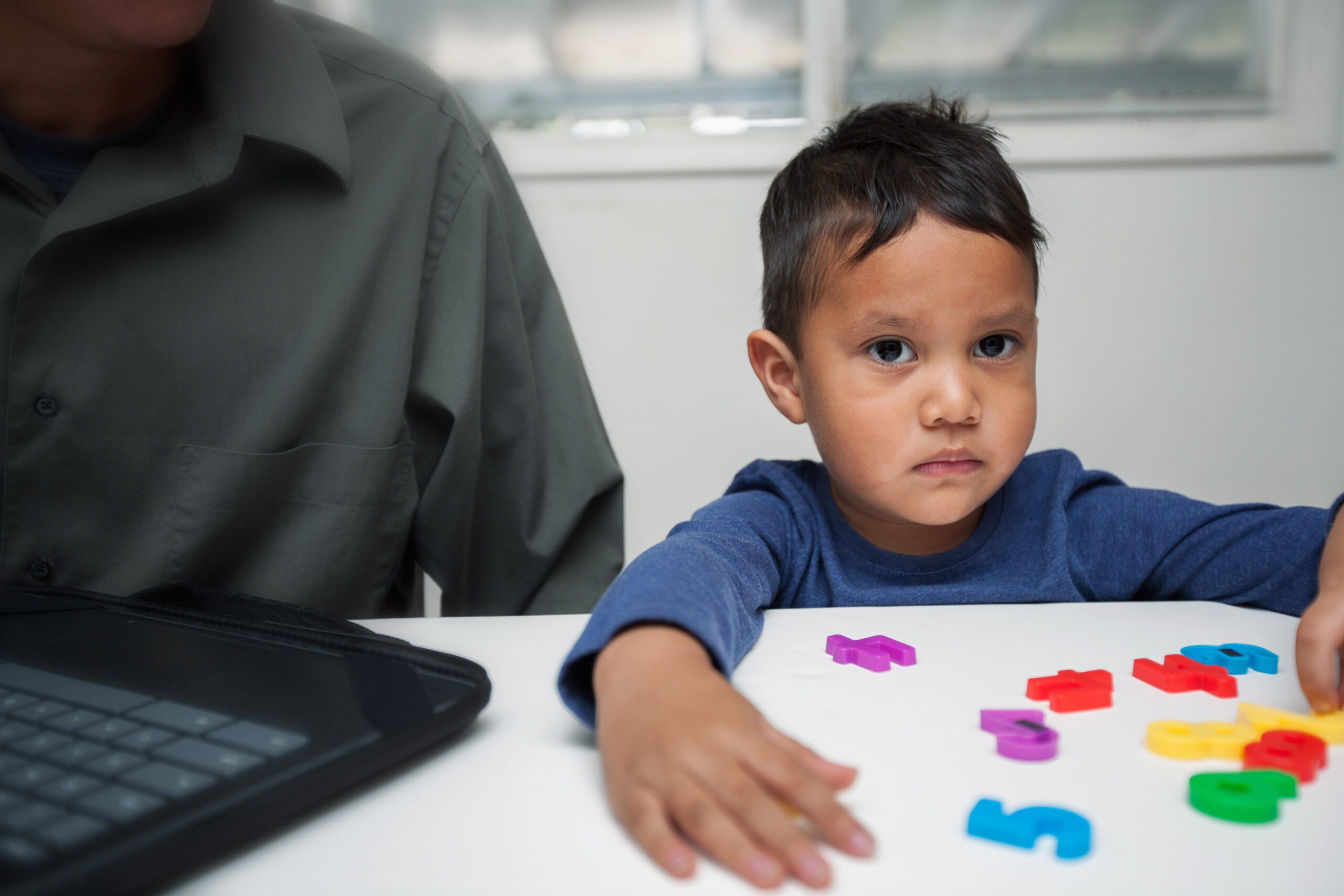Autism Spectrum Disorder (ASD) is a developmental disability caused by differences in the size, shape, and connectivity of certain brain regions, including the amygdala, hippocampus, orbitofrontal cortex (OFC), and so on. The symptoms and severity of ASD can vary among individuals, but people with ASD typically have difficulties in social communication and social interaction, as well as restricted, repetitive patterns of behaviors, interests, or attitudes. Therefore, those characteristics can result in significant challenges for people with the disorder.
Early diagnosis of ASD is crucial to ensure that children receive the necessary services and support they need early in their lives to reach their full potential. Currently, there is no medical test available for diagnosing ASD because the disorder is caused by a complex interplay of genetic and environmental factors, making it challenging to develop a standardized diagnostic test. Typically, doctors rely on the child’s developmental history and behavior to screen for ASD.
An Ongoing Applied Behavior Therapy Session for Children with Autism
Image Source: ktaylorg
Progress has been made in the early identification of children with autism. In a study from the Autism and Development Monitoring Network (ADDM), in 2020, children born in 2016 (4-year-olds) were 1.6 times more likely than children born in 2012 (8-year-olds) to be identified as having ASD by 48 months of age. This marks important progress for children with ASD to get early access to services and support. Nevertheless, according to U.S. health officials, COVID-19 disrupted this successful progress by limiting access to autism identification services.
Based on the reports in the CDC’s Mortality and Morbidity Weekly Report, when the pandemic hit in March 2020, there was a sudden decrease in ASD early identification services. In particular, children born in 2016 began to receive fewer evaluations and ASD identifications within ADDM Network communities compared to children born in 2012 that are within the same age window.
Such results suggest severe consequences as there were delayed referrals, diagnosis, and access to intervention. With a lack of identification services, children with autism are at an increased risk for developmental delays and social isolation, which could lead to long-term consequences for those children and their families. However, the report serves as an alarm for communities to be aware of the losses and work towards identifying and providing services for those children. Despite the challenges posed by COVID-19, communities must work together to identify and provide necessary services to children with ASD.
Featured Image: mmg1design










